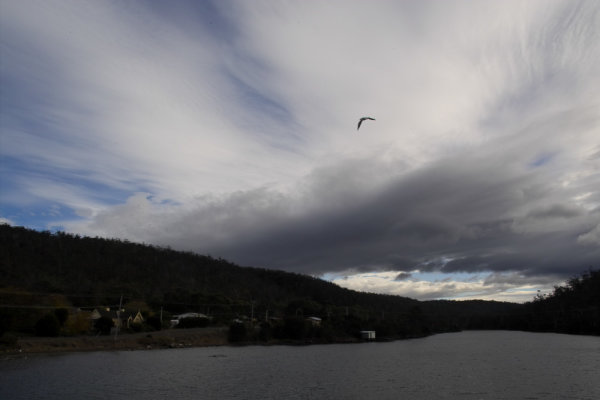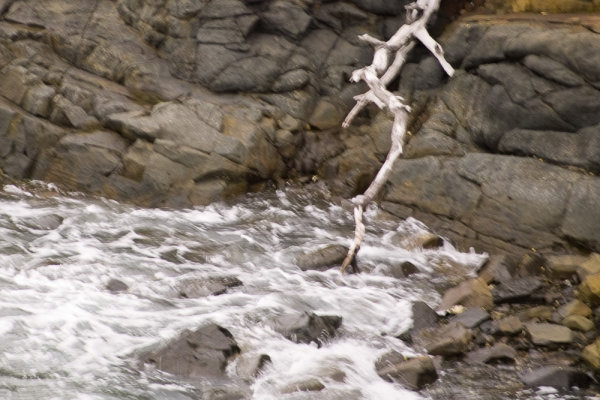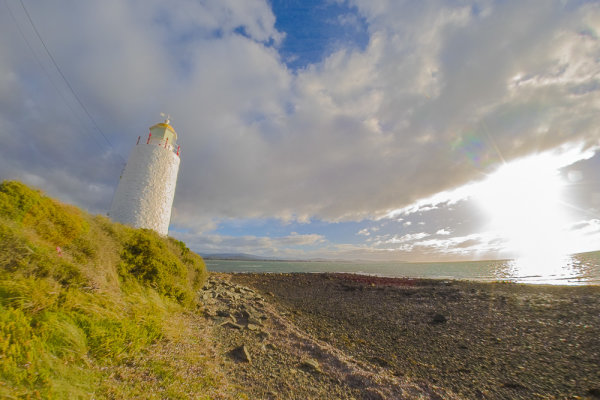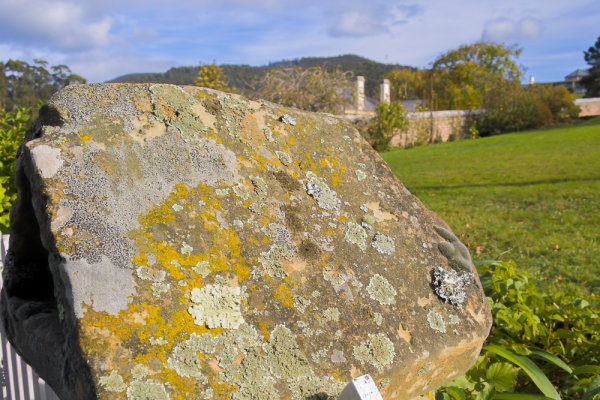Cameras are complex machines and to get the most out of them you need to know how they work. When you're a new photographer shooting with a sophisticated camera for the first time, the complexity can be overwhelming. There's just so much to learn! Now that I've been shooting for more than ten years, it's interesting to go back to my early days and see the mistakes I made.
In this article we'll have a look at four of my first DSLR photos and I'll share what I know now that I wish I knew then, so hopefully you can learn from these mistakes.
Mistake #1 - not using exposure compensation

1/250th of a second, f/10, ISO100
The camera's exposure meter will try to make the exposure "middle grey". Since the camera has no way to tell how bright the subject is, middle grey is a good average bet. But when the subject is much brighter or darker, like the sky in this photo, it ends up getting it wrong. Today if I see a shot like this on the back of my camera, I know why it is under exposed and will adjust it by dialling in some positive exposure compensation. That would have made the clouds much brighter, and brought out details in the dark tree-covered hillside.
Mistake #2 - afraid to increase the ISO

1/30th, f/5.6, ISO100
Towards the end of an overcast day, we arrived at a rocky shoreline while on holiday. I liked the texture of the rock, the white dead tree branch, and churning water. However there wasn't quite enough light. At this stage I didn't even know how to change my ISO, but even if I had, I'd heard that increasing it made your photo noisy. This was certainly true, especially of DSLRs 10 years ago, but 1/30th of a second at 200mm focal length just wasn't fast enough. As a result there's enough camera shake to ruin the photo. Today, even if I was still shooting with the old Sigma SD10 I had then, I'd know that it's better to increase your ISO to get a shorter shutter speed, even if it results in more visible noise. A noisy photo is better than a blurry one.
Mistake #3 - not exposing for the highlights

1/200th, f/10, ISO100
If some parts of the image are very bright, such as the sky and clouds around the sun in this photo, they can be "clipped" by the camera. This means that there is more brightness than the sensor can differentiate, and as such, whole areas of the photo are rendered as white with no detail. Once part of a scene is clipped, nothing can bring that detail back, and it can ruin a shot. Clipped highlights are unattractive and draw the eye in a negative way. In high contrast situations it can be really tricky to capture detail in the highlights and shadows at the same time, but because they draw the eye so much, it's preferable to preserve detail in the highlights.
While the sun is always going to clip in a photo, preserving details in nearby clouds is possible. For this shot I should have dialled in some substantial negative exposure compensation. Even if this made the rest of the photo too under-exposed, because I was shooting in RAW, I'd still be able to bring out a lot of detail when processing the photo. That way only the sun would be clipped and the clouds and water would look much more natural.
Mistake #4 - not controlling depth of field

1/200th, f/8, ISO100
I wanted to capture the gorgeous texture on this interesting rock, but still show enough of the background to give it context. The background however, is too in focus and ends up being a distraction, competing for attention with the rock, which should be the star of the photo. I was shooting in program mode (auto), and there was plenty of light. The camera realized this and chose an aperture of f/8. This was narrow enough to increase the depth of field so that the background wasn't nearly blurry enough. If I was taking this shot today I would put the camera into aperture priority mode with the mode dial, and open the aperture wider. Possibly to its full width, which on this lens was only f/5.6. This would have blurred the background more, letting the rock get all the attention.
If I could go back and tell myself something when I was starting out, I'd emphasize the importance of shooting as often as possible, not to worry about making mistakes, and keep looking to other photographers (both online and in person) as a source of inspiration and learning. Finally, I'd tell inexperienced me that you will never ever stop learning.
How about you? What are the biggest things you learned (or are still learning about) to improve your photography?

Neil is so invested in helping others to become confident with their cameras that he has created dPS's very first online video course Photo Nuts and Bolts. From shutter speed, to aperture and exposure, Neil explains clearly so that you can start shooting with confidence...
The post 4 Mistakes New Photographers Make and How to Avoid Them by Neil Creek appeared first on Digital Photography School.
No comments:
Post a Comment